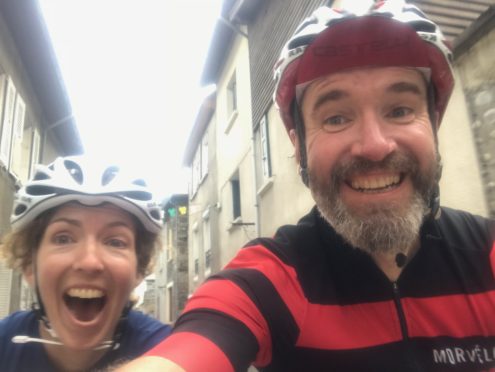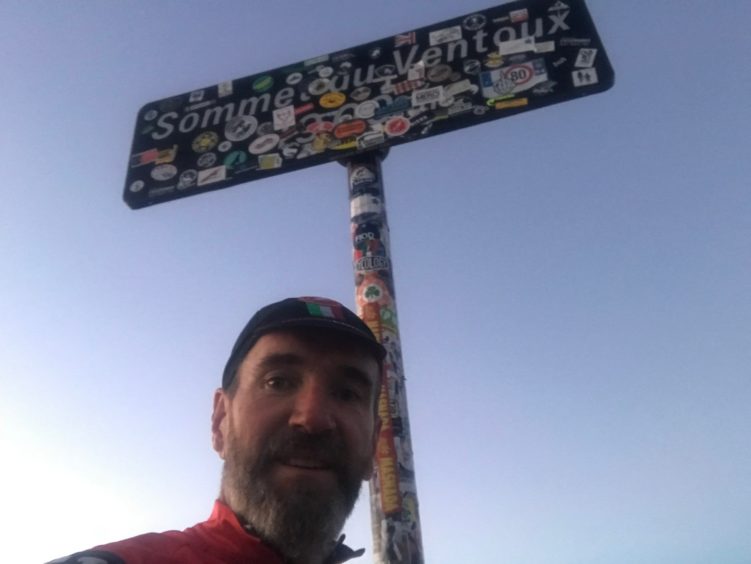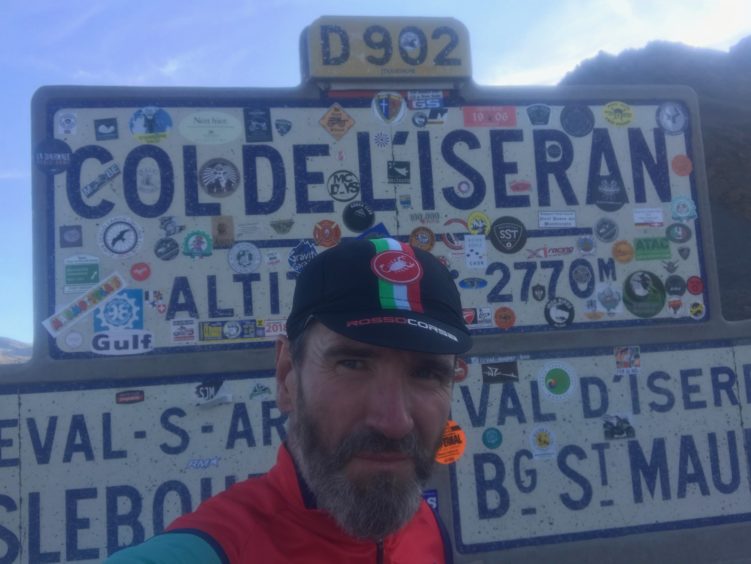I consider myself extremely lucky to have a job in the world of cycling. Even more so when that job allows me to travel to some of the most iconic cycling locations, work on some amazing jobs, and coach and inspire others to get involved in the sport.
I never take it for granted. As I write this, my suitcase is sitting beside my desk, ready and packed for three, very different, weeks of work that will take me from Cape Wrath in the north of Scotland to Barcelona and then finally Sardinia.
However, I still suspect that when I embark on these trips throughout the year my family and friends think I am away on yet another holiday. I can see their point, but the reality couldn’t be further from the truth, though I dare not protest too much as my appeals for clemency are met with cynicism.
In 2018 I spent 230 nights in hotels, but I do have hard evidence of it being work related and not just a fun-packed cycling holiday. I use Strava, the online GPS fitness tracker, as a training diary to record my rides throughout the year.
Every year I have a set target to cycle a minimum of 5000 miles per year. That equates to around 95 miles per week, or approximately 14 miles per day. It’s not a huge amount and I know many riders who frequently surpass that figure by mid-summer.
However, over the last few years I have struggled to reach more than around 3,000 miles per year. My problem is that, although a lot of work that I do is on bikes, more of it is in a vehicle supporting other riders.
The days of on-ride guiding are disappearing with the advent of GPS and it is easier to support riders with spare bikes, wheels, food, clothing and anything else they might need from a van, and let the riders navigate from their bar-mounted devices with motorised support from us on the route.
My day usually starts at 6am and finishes at 10pm and on many occasions I have kept to that schedule for weeks at a time without a day off.
When I have managed to ride it has happened because I have set my alarm for 3.30am and been out on the road riding for 4am. This has resulted in some stunning sunrise rides on mountains such as the Puy de Dôme, Mount Ventoux and the Col de Madeleine.
On those early morning opportunities I have managed to get back to the hotel just in time for my work day commencing; one occasion saw me arrive back with the skin on my right thigh, hip, elbow and shoulder shredded after a crash on the descent of the Cormet de Roselend. I managed to quickly shower and scrub the grit out of the wounds and be sitting down for breakfast, just as the first client arrived at the table.
It is a working life that is nowhere near as glamorous as you might expect, but it is a life that I love and, judging by the number of guides I know who are continuing to work well past their retirement date, I am not the only one that feels that way.
Where to Ride:
Drummond Hill – Kenmore
OS 1:50,000 Map 51 NN 771461
Distance:
Mixed
Details:
Part of Tay Forest Park, Drummond Hill has extensive forest tracks that are suitable for all the family, although the initial climb is quite steep. There is a mix of forestry track and with a bit of exploration you can find some single track. Whilst you are there it is worth visiting the Iron Age hill fort of Caisteal MacTuathal which offers great views along Strathtay.












